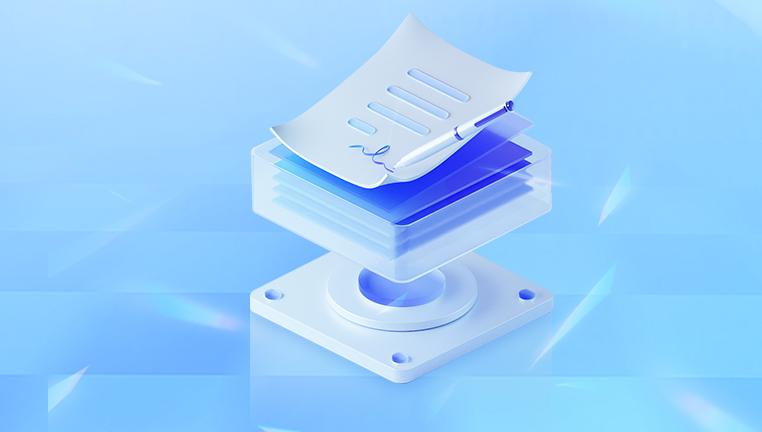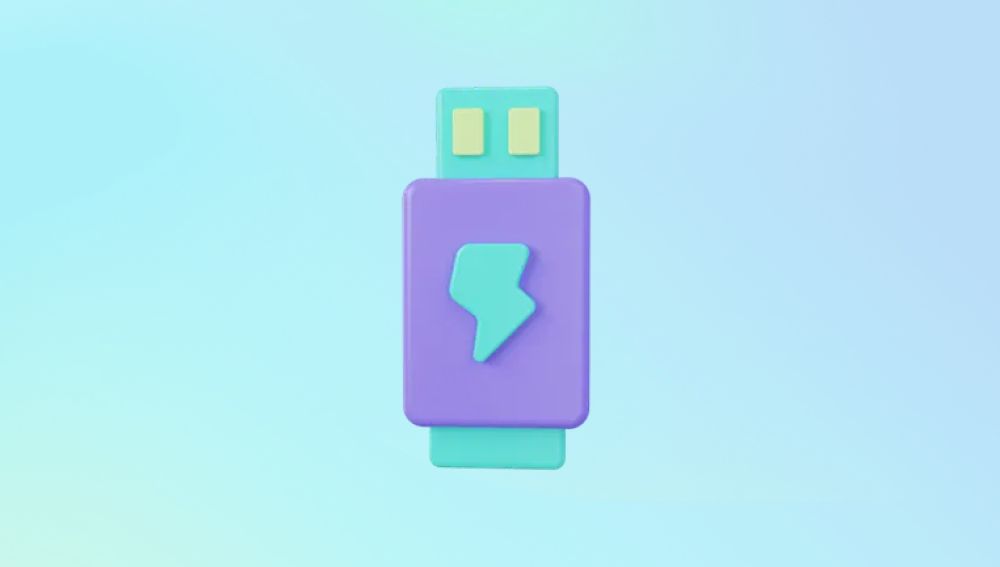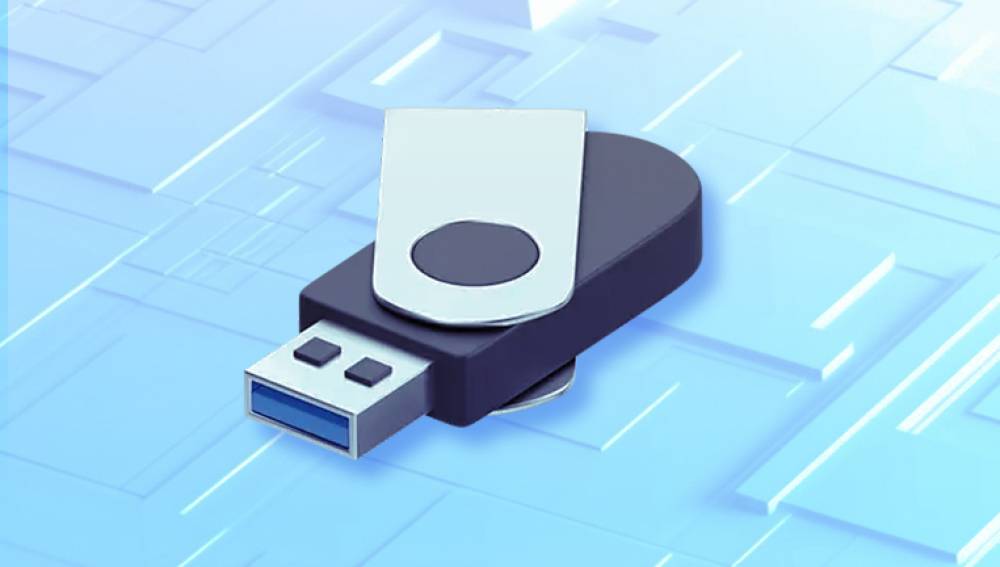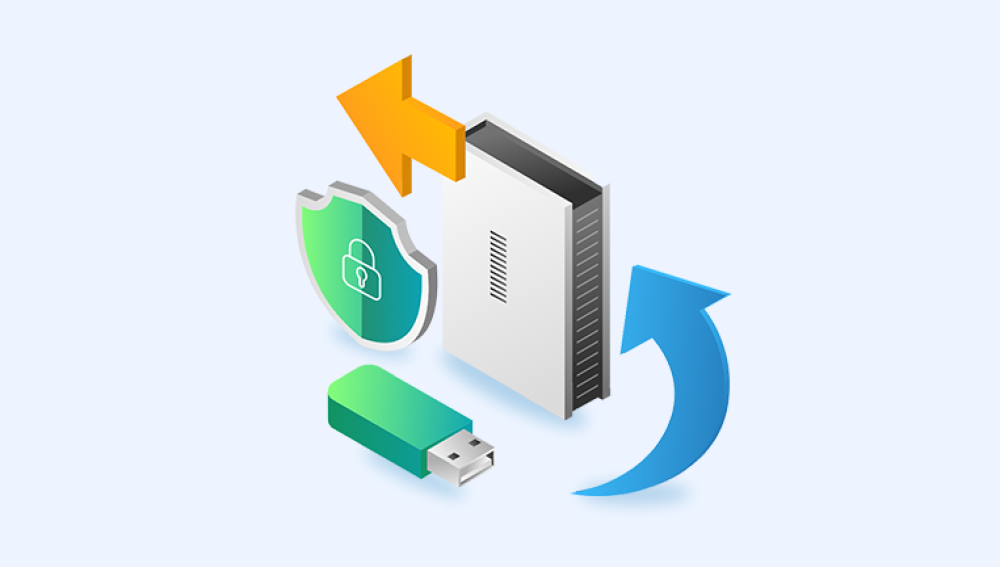Accidentally deleting important files from a USB drive is a common issue that can cause frustration. Fortunately, even when files are removed, they aren't always gone forever. There are ways to recover these lost files, even if they’ve been deleted.
Part 1: How Data Deletion Works on USB Drives
1.1 The Nature of File Deletion
When you delete files from a USB drive, the operating system removes the file pointers (indexes) that allow it to find and display those files. The files themselves, however, remain on the drive until they are overwritten by new data. This makes data recovery possible until the deleted files are permanently overwritten.
1.2 Factors That Affect Data Recovery
Time Passed Since Deletion: The longer you wait to recover the data, the higher the chance that new files will overwrite the deleted data.
Usage of the USB Drive: Continuing to use the USB drive after file deletion increases the likelihood of overwriting the deleted files.
Type of File System: USB drives formatted with FAT32 or exFAT file systems are easier to recover files from compared to drives formatted with NTFS.

Part 2: Best Practices for Data Recovery from a USB Drive
2.1 Stop Using the USB Drive Immediately
When you realize you’ve accidentally deleted files, the most important step is to stop using the USB drive. Every time new data is written to the drive, the chance of successful recovery decreases, as this new data can overwrite the deleted files.
2.2 Do Not Reformat the Drive
If the drive has been formatted or is asking to be formatted, avoid doing so, as this could overwrite more of the data. Reformatting changes the structure of the file system, making it much harder to recover data.
2.3 Ensure Safe Ejection
Always eject your USB drive safely to prevent corruption of files or file structures. Unsafe removal of the drive during a recovery process could corrupt both recoverable and new files.
Part 3: Methods to Undo Deleted Files from USB Drives
3.1 Recover Deleted Files Using File History (Windows Users)
Windows users can take advantage of File History, a built-in backup tool, to recover deleted files from a USB drive.
Steps to recover deleted files via File History:
Open the Control Panel and navigate to File History.
Click on Restore personal files.
Browse through the available backup versions and locate the deleted files.
Select the files and click Restore to recover them.
However, File History must be enabled beforehand to restore files this way.
3.2 Recover Deleted Files Using Time Machine (Mac Users)
Mac users can use Time Machine, the macOS backup utility, to recover lost files. If you regularly back up your system, Time Machine allows you to revert to an earlier version of your files.
Steps to recover deleted files via Time Machine:
Connect your Time Machine backup drive to the Mac.
Open the Time Machine app.
Navigate to the date when the files were still on the USB drive.
Select the deleted files and click Restore.
3.3 Restore Files from Recycle Bin or Trash
Sometimes deleted files from a USB drive can temporarily be found in the Recycle Bin (Windows) or Trash (Mac) before they are permanently deleted.
Windows Users: Open the Recycle Bin, search for the deleted files, right-click, and select Restore.
Mac Users: Open the Trash, locate the files, and drag them back to their original location.
3.4 Using Data Recovery Software
Drecov Data Recovery boasts an intuitive interface, allowing even non-technical users to navigate the recovery process easily. With just a few clicks, users can initiate deep scans to locate deleted files, and the software provides a preview feature to ensure that the correct files are recovered. This efficiency helps save time and ensures that only the necessary data is restored.
Additionally, Drecov Data Recovery is equipped with advanced algorithms to recover files from various data loss scenarios, including accidental deletion, formatting errors, partition loss, and even virus attacks. Its powerful scanning engine ensures that no file is left behind, making it one of the most comprehensive recovery tools available.
To further enhance the user experience, Drecov Data Recovery offers regular updates, keeping the software up-to-date with the latest technological advancements. The tool also provides a free trial version, allowing users to test its capabilities before committing to a purchase.
Part 4: Troubleshooting USB Data Recovery Problems
4.1 Dealing with Corrupted Files
If the recovered files appear corrupted, there are tools such as Stellar Repair for Video or Repair Toolbox that can help fix damaged files.
4.2 Files Not Recoverable Due to Overwriting
In cases where the files have been overwritten, recovery may be difficult. However, tools like R-Studio can attempt deep recovery, although results may vary.
4.3 USB Drive Not Recognized by the System
If the USB drive is not recognized, try the following steps:
Use another USB port or computer.
Update or reinstall the USB driver via Device Manager (Windows).
Use Disk Utility (macOS) to verify the drive and attempt a repair.
4.4 Formatting Issues
If the USB drive has been formatted, tools like TestDisk or EaseUS Data Recovery Wizard can help recover data from formatted drives.
Part 5: How to Prevent Future Data Loss on USB Drives
5.1 Regular Backups
One of the best preventive measures against data loss is to regularly back up your files to an external hard drive, cloud storage, or using software like Google Drive or Dropbox.
5.2 Enable Write Protection on USB Drives
Some USB drives have a write protection switch. Enabling this can prevent accidental deletions or file modifications.
5.3 Use Reliable USB Drives
Ensure you use high-quality, reliable USB drives. Cheap, poorly-made drives are more prone to corruption and data loss.
5.4 Eject Drives Safely
Always use the proper ejection method to ensure all data is written to the drive correctly, avoiding corruption.
5.5 Avoid Filling the Drive to Capacity
Leave some free space on your USB drive. Drives that are filled to capacity can encounter issues during file transfers and deletions.




